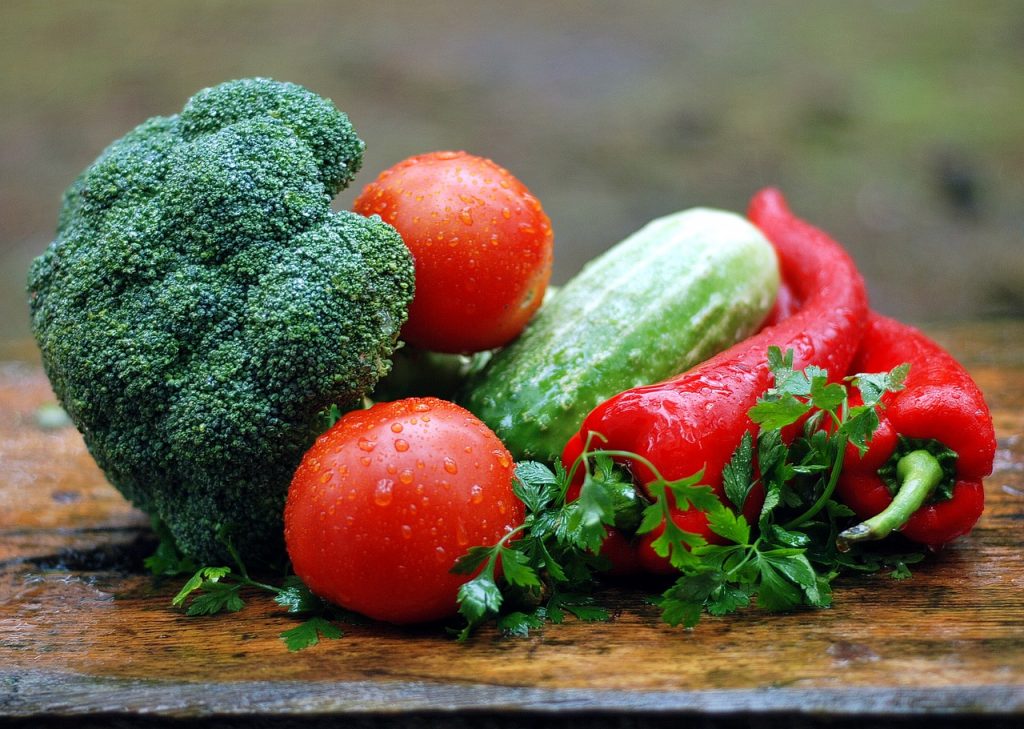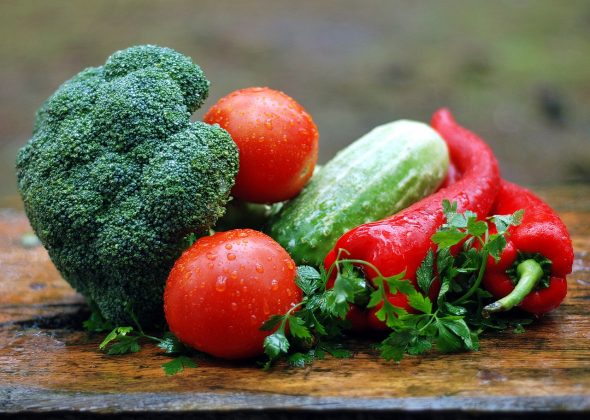If you love eating fresh, perhaps even organic vegetables and you think that growing them at home would be ideal for you, you may be wondering just how to get started.
Take a look at these great tips, and you’ll soon see that it’s not as difficult as you might think and that you could be enjoying your very own home-grown vegetables in just a few short months. These garden veggies are an amazing, nutritious addition to any meal once they have been harvested, rinsed, and chopped to your liking.
Prepare The Soil
If you want to grow delicious, fresh vegetables then you are going to need to ensure that the soil is prepared properly for them. Before you plant your vegetables, the soil needs to be prepared and to do that you need to add lots of organic matter to it. Over a period of a few weeks, start adding compost to your soil. This can be either homemade or bought from a nursery. Mix it into the soil, and it will be ideal for planting vegetables in. Click here to learn the benefits of using organic soil for gardening fruits and vegetables.
Modern developments in agricultural technology have allowed growers to do more with less. Tractors are a great vehicle for your agricultural needs and goals but you have you make sure that it’s in good working condition. If there are some parts that needed some replacing, you’ll learn online which tractor service is the number one source for compact tractor parts and foreign tractor parts.
Choose The Right Vegetables
The vegetables that you like to eat the most might not be the ones that will grow best in your soil type, climate, or growing conditions (including how much rainfall and sunlight you get). Therefore you will need to do some research into which vegetables are going to be most successful for you. Look online, speak to people in farmers’ markets, ask in nurseries, and you should be able to determine what will work best for you.
Plants Flowers Too
Vegetables need to be pollinated in order to grow successfully, which is why it is a good idea to plant flowers near to your vegetables to attract bees and other pollinators such as butterflies and flower beetles. Marigolds are particularly good for this purpose, for example.
Use Raised Beds
If you can, plant your vegetables in raised beds. Raised vegetable beds will extend the growing season because the soil warms up much earlier in the spring. This means that the vegetables start growing more quickly. As a bonus, raised beds have the added benefit that you don’t have to bend down quite so far, so it is better for your back and knees too.
Use A Vertical Garden
Vertical gardens are great if you only have a small space to grow your vegetables in. You can stack your vertical gardens up on top of one another, allowing much more room to grow than you might have thought possible. Vertical gardens might even be something you could use in a larger vegetable patch because they allow for better circulation of air and water, and this reduces the chances of mildew forming. If you are also planning to have a farm Natural Resource Management Organisation will help you find ways to ensure profitable, sustainable and ethical food and fibre production whilst taking care of our waterways, biodiversity and soil.
Plant Heirlooms Not Hybrids
For truly tasty, easy to grow vegetables it’s best to pick heirloom varieties rather than hybrid ones. Heirloom type vegetables are the ‘old fashioned’ types that have been around for longer. Although hybrid varieties have been bred specifically to be more resistant to disease and harsh weather, heirloom varieties tend to taste better, are less expensive, and are usually more nutritious. Plus, you can save seeds from heirloom vegetables to plant them at the right time in the next sowing season; that can’t be done with hybrids.








